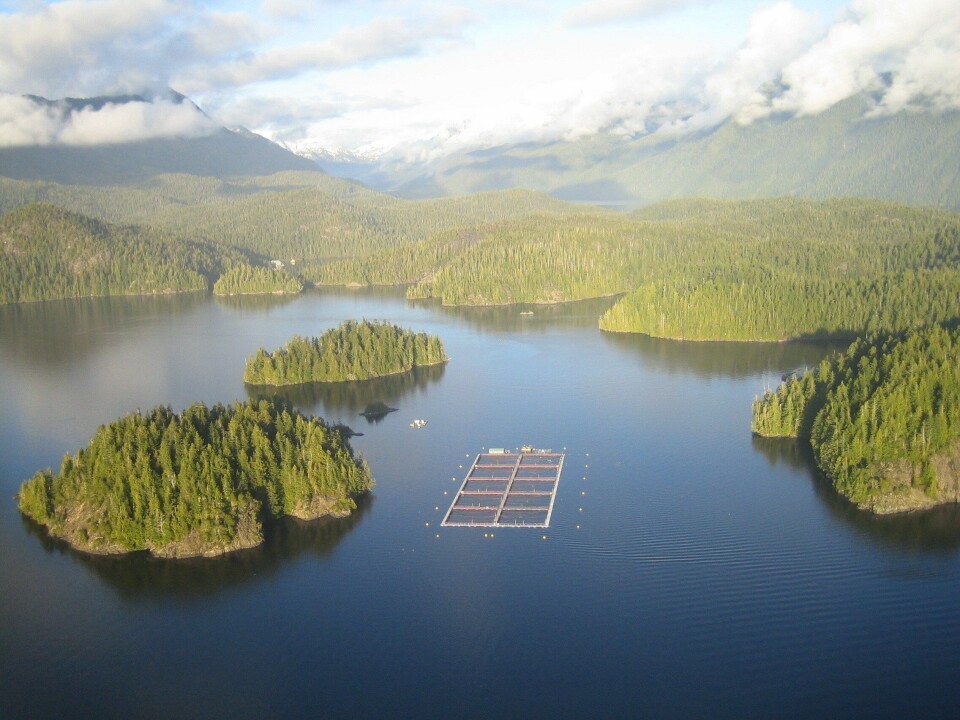
Cermaq salmon survival rises
Global salmon farmer Cermaq had no fish escapes and no non-compliances in its Canadian operations in 2017, its latest sustainability report for the fourth quarter of last year has revealed.
Sea lice levels and sea lice treatment use increased in Q4 2017 compared with the same quarter in 2016 but were kept below regulatory limits for the quarter.
The average number of adult female and mobile lice per fish was 1.90, compared to 0.93 in Q4 2016.
Cermaq said the rolling 12-month fish survival rate improved compared with the same period in 2016, with a rolling survival rate of 94.3% - up from 91.7% - but the use of antibiotics by closed cycle was relatively high in Q4 compared to the rest of the year. The company used 134 grams per tonne harvested, although this was still a reduction on Q4 2016, when 187 gAPI/t harvested was required.
Decrease in antibiotic use
In Chile, Cermaq again reported no escapes, and had two non-compliances closed with a fine.
Its rolling 12-month survival rate in Q4 increased to 93.8% (91.3% Q4 2016) for Atlantic salmon, and to 96.6% (84.7%) for trout, but dropped slightly to 94.7% (95.5%) for Coho salmon.
Average adult female lice (Caligus) in Q4 remained the same as in Q4 2016 at 0.77.
In its report, Cermaq said: “This quarter (Q4 2017) we had a decrease in our measure of antibiotic use compared to the same quarter last year, with a use of 304 grams active ingredient used per ton harvested compared with 554 grams per ton during Q4 2016. The main reasons for antibiotic use continues to be Piscirickettsiosis (SRS) and Bacterial Kidney Disease (BKD).
Vaccines to fight SRS
“Cermaq has a strong commitment to finding a sustainable solution for SRS, which currently can be partially controlled by traditional vaccination and managed by the use of antibiotics. For the last five years Cermaq’s R&D team has worked actively with industry and academic partners to develop new and effective vaccines to fight SRS, promote vaccine innovation and their proper use.
“Cermaq Chile will continue to work on initiatives to reduce SRS during the farming stage, by encouraging the development of new vaccine prototypes, development of novel vaccination strategies and the use of these vaccines in Cermaq Chile sites.”
In Norway, the rolling 12-month survival rate for Atlantic salmon increased to 95.7% (94.5% Q4 2016), and no antibiotics were used.
Average adult female lice in Q4 2017 amounted to 0.07 per fish (0.09 Q4 2016).
Cermaq’s Norway operations had no fish escapes and no non-compliance.
Chile had the lowest percentage of absentee days at 1.8%, the same as Q4 2016, with Canada on 2.5% (1.9% Q4 1016) and Norway on 4.9%.























































